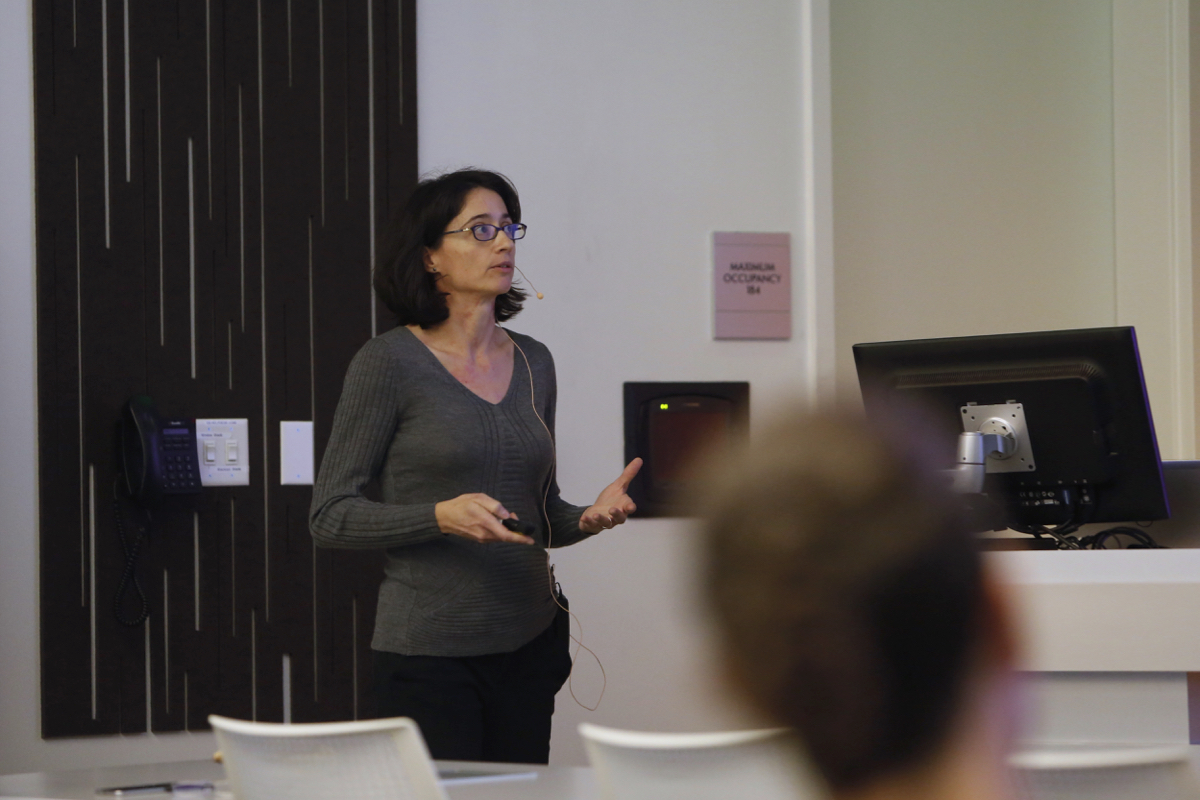High‑Stringency Human Proteome Blueprint Released
 moritz.isbscience.org/2020/10/19/high%e2%80%91stringency-human-proteome-blueprint-released/
moritz.isbscience.org/2020/10/19/high%e2%80%91stringency-human-proteome-blueprint-released/The Human Proteome Project (HPP) released the first Human Proteome Organization (HUPO)-endorsed, high-stringency Human Proteome Blueprint in Nature Communications.
Like the draft “shotgun” Human Genome Project of the Human Genome Organization (HUGO), the HPP has now reached a significant decadal milestone of more than 90 percent completion of the Human Proteome that is referred to as the human proteome “parts list.” This effort recognizes significant community efforts that enabled data inspection and re-analysis, culminating in a high stringency (i.e., rigorous, exacting standards for post-acquisition data processing and protein inferences made from MS spectral data) HPP knowledge base (KB). Additionally, to illustrate the many parallel historical innovations made by the scientific community that have driven proteomics advances, HUPO has created a publicly available interactive historical timeline to be released coincident with publication of this article (hupo.org/Proteomics-Timeline).
The HPP’s mission is to reanalyze and integrate community proteomics data with high-stringency processes, bringing increased granularity to our molecular understanding of the dynamic nature of the proteome, including all its modifications, and their relation to human biology and disease. This mission aligns closely with HUPO’s motto — “translating the code of life” — providing crucial information that genomics per se cannot deliver. Completion of the HPP will enhance our understanding of human molecular and cellular biology, laying better foundations for diagnostic, prognostic, therapeutic and precision medicine applications.
The Moritz lab has been heavily involved in the creation of the 10-year high‑stringency blueprint of the human proteome with Dr. Eric Deutsch providing cornerstone analysis and knowledge bases that has underpinned the efforts of creating this blueprint over this entire time. In addition, the work by Dr. Ulrike Kusebauch with many past and present members of the Moritz lab have created the first large scale spectral library of protein assays to cover the entire human proteome published in Cell in 2016 that ensures claims of protein identifications can be verified with this data.
“Through these leading efforts, ISB plays a significant role in defining the Human Proteome beyond the prediction from the sequence of the human genome some 20 years ago,” said Professor Robert Moritz.
Background
In 2010, the Human Proteome Organization launched the Human Proteome Project (HPP) as an international endeavor to create a framework for global collaboration, data sharing and quality assurance, enhancing accurate annotation of the genome-encoded proteome. Over the last decade, the key resources of the HPP (the Human Protein Atlas, PeptideAtlas, MassIVE and neXtProt knowledge bases) have driven the development and refinement of guidelines and metrics to understand the definitive identification of any protein of the human proteome. Their high-stringency reanalysis of community data led to the current status of >90 percent identification completion rate of the Human Proteome. This knowledge is essential to discern the proteome’s role in health and disease. Here, on behalf of the proteomics community, we report the inaugural high-stringency human proteome project blueprint, illustrating roles in the diagnosis and treatment of cancers, cardiovascular and infectious disease pathologies.





